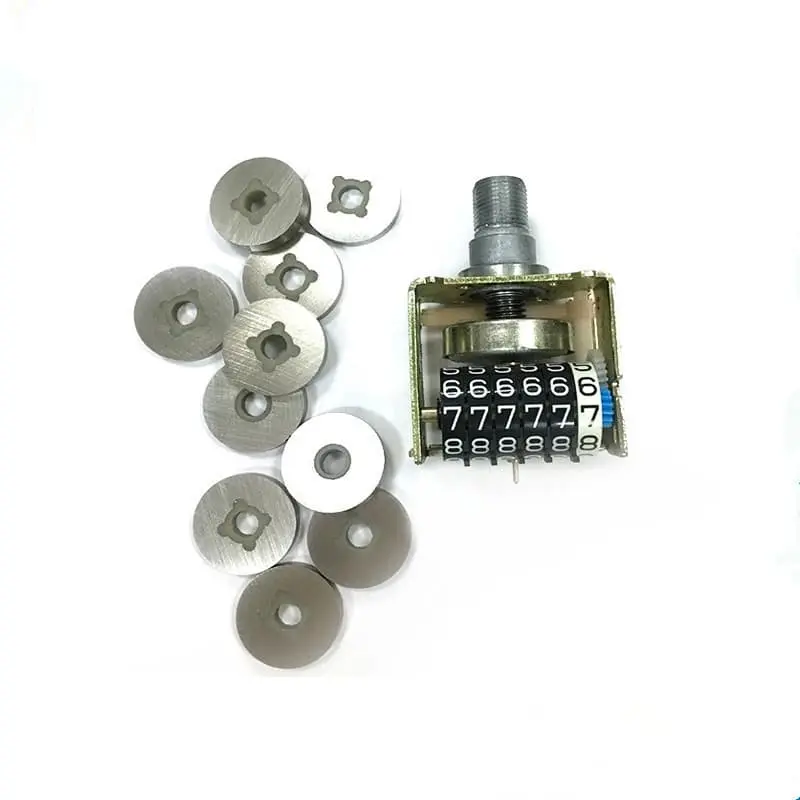Blog
-

Working Principle of a Speaker: How Magnets Create Sound
A speaker is a fascinating device that converts electrical signals into audible sound waves, enriching our daily audio experiences—whether through phones, TVs, or professional sound systems. To understand how a speaker works, it’s helpful to look at both the working…
-

Magnetic Door Catch: Types, Magnets Used, and Applications
A magnetic door catch (also called magnetic door stop, magnetic door latch, or door magnet) is a device that uses magnets to hold a door closed securely. It typically has two parts: When the door shuts, the magnet attracts the…
-

Magnetic Drum Separator: Your Ultimate Guide to Efficient Material Separation
A magnetic drum separator is a powerful tool used to remove tramp iron and ferromagnetic materials from bulk materials on conveyor belts or vibrating feeders. This equipment is essential in industries like mining, recycling, and food processing, ensuring clean, contaminant-free…
-

Cross Belt Separator: Ultimate Guide to Magnetic Separation
A cross belt separator is an advanced, self-cleaning magnetic separator designed to remove ferrous contaminants, such as tramp metals (e.g., nuts, bolts, and scrap), from materials on conveyor belts. Ideal for industries like mining, recycling, and aggregates, these systems ensure…
-

NdFeB Magnets: Transform Your Nail Art with Cat Eye Effects
Discover how NdFeB magnets are revolutionizing nail art with stunning cat eye effects. These powerful nail art magnets let you create mesmerizing designs that shift with light and angle. Whether you’re a professional nail artist or a DIY enthusiast, learn…
-

The Applications of Rare Earth Permanent Magnets
Rare earth permanent magnets are the backbone of many cutting-edge technologies, offering unmatched strength and efficiency in compact forms. These magnets, made from rare earth elements like neodymium and samarium, are transforming industries from electric vehicles to renewable energy. In…
-

Bullet Magnets:A Reliable Magnetic Separator for Industrial Applications
In modern industries such as food processing, plastics, pharmaceuticals, and minerals, product purity and equipment protection are critical. One of the most effective tools for removing unwanted ferrous contaminants from material flow is the Bullet Magnet. What is a Bullet…
-

Introduction: The Role of Hump Magnets in Industrial Processing
Hump magnets, also known as plate chute separators, are essential devices in industrial settings for removing ferrous contaminants like metal particles, rust, and iron filings from free-flowing materials such as grains, powders, plastics, and liquids. Invented in the mid-20th century…
-

Introduction: Why Alnico Magnets Matter in Guitar Pickups
Alnico magnets, an alloy of aluminum (Al), nickel (Ni), and cobalt (Co), are among the most popular choices for electric guitar pickups due to their warm, responsive tones and historical significance in music. Developed in the 1930s, Alnico has powered…
-

Introduction: Understanding Alnico Odometer and Speedometer Magnets
Alnico odometer and speedometer magnets are essential permanent magnets used in vehicle instrumentation, particularly in mechanical gauges for cars, motorcycles, and other automotive applications. Made from an alloy of aluminum, nickel, and cobalt (Alnico), these magnets provide reliable magnetic fields…
Lastest Posts
- Magnets in New Energy Vehicles: Driving the EV Revolution
- Magnets in Magnetic Separators: How They Work and Why They Matter
- Magnet Selection Guide for Professional Magnetic Nail Art
- Demagnetizing and Remagnetizing Alnico Magnets: How Controllable Magnetism Powers Special Applications
- Understanding the Elements in Alnico Magnets: Why Balance is Everything
New Comments
[…] 1. Choose the Right Cattle Magnet […]
Nice post. I was checking constantly this weblog and I am impressed! Extremely helpful info specially the last section :)…
the magnet can be magnetized by the neodymium magnet, if you don’t have a magentizer that 2 neodymium magnets can…
The Speedometer seems to be vastly under reading. The mechanisim is a nippon seiki type. On a identical woking unit…

Thanks for your comments, if you have any questions about magnet, feel free to contact us~